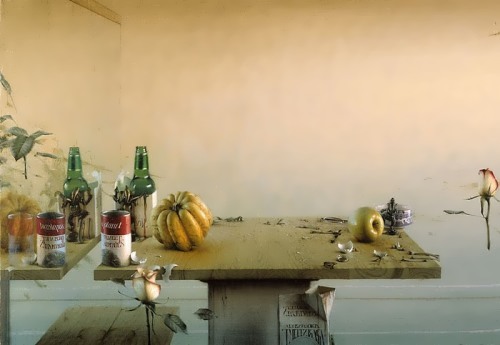Dave Woody
Well-known member
- Messages
- 2,506
'Where does the Art in a work of Art lie?' Stlukesguild asked .....
'Where does the Art in a work of Art lie?' Stlukesguild asked .....
Dance has always had and retains an erotic element. An admiration of beautiful bodies remains an element of our experience of celebrities, models, actors/actresses, and even pro athletes. The author's shock at the erotic... and at times sordid aspects of the ballet in the 19th century is disingenuous at best. Her assertions of Degas' supposed abuse of his models and his misogyny are absolute bunk as anyone having read a deal on his history would know.
As for Degas' supposed misogyny... this is based on what? A few comments no more sexist than one might expect for the time? The fact that he, like many unmarried men of the time visited the brothels? While Degas may have made a number of sexist comments, he has also been quoted suggesting that women might make better artists than men due to their attention to the visual details. He went shopping for clothes and hats with Mary Cassatt whose work he championed. He would later champion the paintings of Suzanne Valadon.
The reality is that we know so little of Degas' personal life that calling him "sexist" or "abusive" or "misogynistic" is simply poor journalism.



'Where does the Art in a work of Art lie?' Stlukesguild asked .....
The motorcycle imo is not an art object. Art is not a value judgement but a category reserved for objects that have no utility or purpose other than to be considered for their aesthetic qualities. If any-and-every thing of utility that also has aesthetic worth is said to be art, then the word becomes so ubiquitous as to have little to no meaning.....I would argue that, for instance, a custom fabricated motorcycle is art. A photoreal portrait is craft. The fact that it's a painting doesn't necessarily mean it's art nor being a motorcycle mean it's craft. However, a photoreal painting of something created with imagination by the artist, is art. Art requires creativity and imagination.
